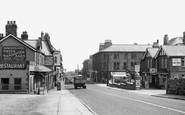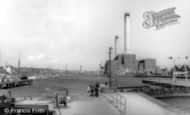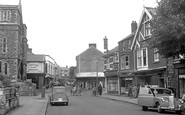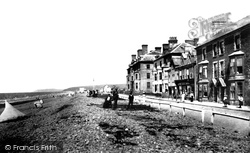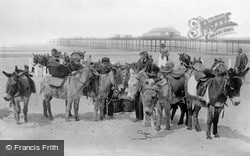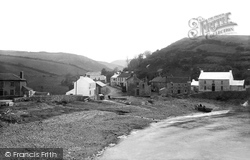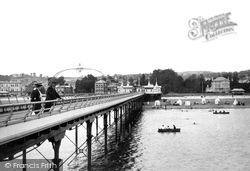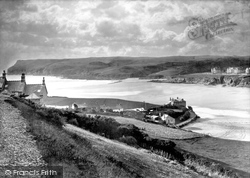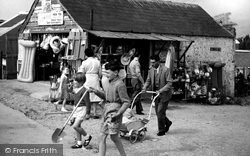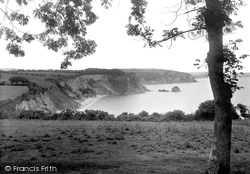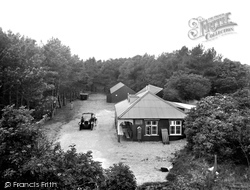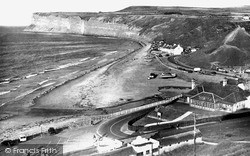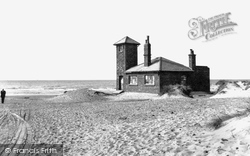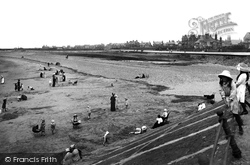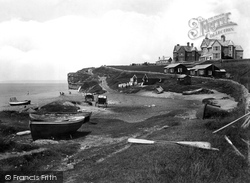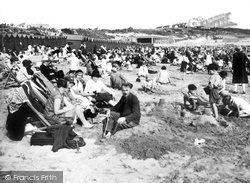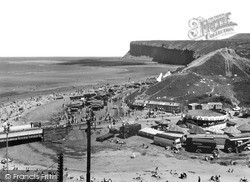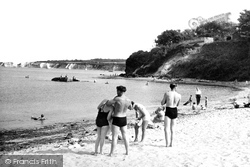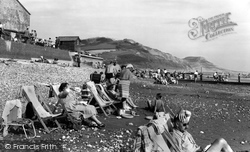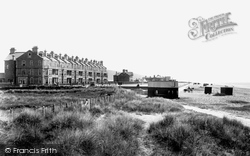Places
1 places found.
Those places high-lighted have photos. All locations may have maps, books and memories.
Photos
11 photos found. Showing results 181 to 11.
Maps
4 maps found.
Books
1 books found. Showing results 217 to 1.
Memories
1,362 memories found. Showing results 91 to 100.
Carnforth Lodge Lancaster Road
As a child in the 1960’s and 70’s I went several times with my family to visit Mrs Esther Pomfret (Auntie Ettie to us; she was a relation of my father's) at Carnforth Lodge, Lancaster Road. I don't think this is shown ...Read more
A memory of Carnforth by
Days Gone By
I lived in Fleetwood from around 1948 - 1952. My dad was in the army and we lived in the Drill Hall in (Ithink) Preston Street. I can remember going to the library nearby and playing on the beach near some piers. There was a young ...Read more
A memory of Fleetwood by
East Front Road In The Sixties
My Grandparents, George and Ella Ashford, had retired to Pagham in 1958. They lived at number 12 East Front Road. Their bungalow was very comfortable with a great view out over the channel. The original railway carriage ...Read more
A memory of Pagham by
Growing Up Years
I was born in Old Argent Street 1945 (VJ Day), only one in Grays as my old mum used to tell everyone, she was so proud of that, living in a 2 up, 2 down, mum, dad, 3 brothers, 2 sisters, overcrowded, nah, we got by. We spent summers ...Read more
A memory of Grays by
Memories Of A Childhood In Southwick
I went to Southwick Primary School. I remember being picked as a 'flag flyer' and welcoming the Duke of Edinburgh when he opened the new lock. I think it was in about 1955. We were unable to use the locks whilst ...Read more
A memory of Southwick by
Living In Llanddona
My childhood years were fantastic. I loved the hot summer months, especially the walks to the beach, just being free. The smell of the sea air, and the fresh air. I spent most of my time outside playing. I loved going to school ...Read more
A memory of Llanddona by
Raf Tern Hill And St Josephs College
From 1946 till 1951 we lived at RAF Tern Hill and every day my brother and I travelled by bus (Butters Bus Company as I remember!). We were dropped off near the lovely ivy-covered hotel in the square, and ...Read more
A memory of Market Drayton by
Childhood Memories In The Mumbles
I was born in London, but my Mother came from the Mumbles, so several times a year we took the train from Paddington on our journey to Swansea. With a large family of grandparents, aunts, uncles and cousins, the ...Read more
A memory of Mumbles, The by
Seafront Bungalow
I remember staying here with my parents sister and cousin must have been about 1950. I would have been about 6 or 7. Seem to remember a sort of sunroom located at the front where us kids slept in makeshift beds made up from loungers ...Read more
A memory of Southwold
Fairfield House Boarding School
I was at Fairfield House Broadstairs boarding school early 60’s. I remember Mrs Ansell. Lovely lady. Mary Kennedy, Wendy Giles, Diane, Jasmine Raybold. We had a visit from Lady Mountbatten. I stayed up late in the ...Read more
A memory of Broadstairs by
Captions
1,130 captions found. Showing results 217 to 240.
This parade of large shops and houses are just round the corner from the station. The pebbly storm beach gives way to a vast fine sandy beach, covered in this photograph by a high tide.
Rhyl is famous for its great windy expanse of beach facing Liverpool Bay.
This end of a narrow valley at the foot of a steep hill has been a popular seaside resort for many years. It also had nearby coal-pits, which transported some of their coal from the beach here.
This view shows Front Beach and Railway Street, now the Strand. In the foreground is Craig-y-Mor or Rock Villa. The small building in the garden was originally a boathouse.
Until the 1840s Paignton was a farming village half a mile inland, producing cider and the then famous Paignton cabbage, but it became popular with convalescents and its beach - longer and better than
The beach is seen at low tide, with striking clouds and the sun glinting on the surf.
Here we see a typical family trip to the seaside. The boy has his bucket and spade, the girl a bucket, and dad has his pipe.
Duporth Beach is just around the corner from Charlestown, and is separated from it by the headland and Polmear Island offshore.
This was originally built as stabling for the gentry who would trot up the mile of embankment in their carriages to visit Wells beach.
The beach is lined with numerous beach yawls; these did all the fetching and carrying for the cargo-carrying ships which plied the North Sea, as well as competing for lucrative salvage prizes when they
Here we have a wonderfully evocative sign of the times: a beach scene in high summer and not a glimpse of bare ?esh. Cleethorpes liked its helter-skelters, as it had another on the beach.
An excellent view showing the wide sweep of Saltburn Bay, with Huntcliffe and the Ship Inn and the cluster of cottages around it which formed the original Saltburn.
The Esplanade 1899.
Lying north from Liverpool were continuous golden sandy beaches.
The beach was where the unlicensed traders set up, and where the cheaper end of the entertainments went on, including the boxing booths and the travellers' fairground.
A similar gap to the one at West Runton provides reasonable access to the beach.
At this time there was not a lot for the children to do, other than paddle, dig trenches and make castles on the sandy beach.
Chalets, a villa and the Bay View Hotel overlook the Hive and Burton Beach from the end of Beach Road. The sandy rocks of Burton Cliffs project towards Lyme Bay (left).
This was a typical holiday scene on the beach in the 1940s: none of the visitors are sunbathing, and the children are not wearing swimming costumes, and yet in the background there are dozens of beach
A fun fair can be seen in the foreground, and the beach entertains many visitors in this view of old Saltburn, with the Ship Inn just visible over the shoulder of Cat Nab (right).
Middle Beach (foreground) at Studland, is overlooked by the 1943-built Fort Henry on Redend Point (right-hand clifftop), which Canadian Engineers named for their home base in Ontario.
The huts are arranged just above the high tide mark along the length of Par Beach. Much of the sand has been derived from waste entering the bay from mines and china clay works inland.
Note the Beach Cafe (left) and the groynes on Charmouth beach; we are looking eastwards to Cain's Folly (centre) and Golden Cap (right). Offshore are the Mouth Rocks.
This seaside resort on the Cardigan Bay coast shelters behind its sand dunes and wide sandy beach. Its reputation as a watering-place was founded on the exceptional purity of its air and water.
Places (1)
Photos (11)
Memories (1362)
Books (1)
Maps (4)



